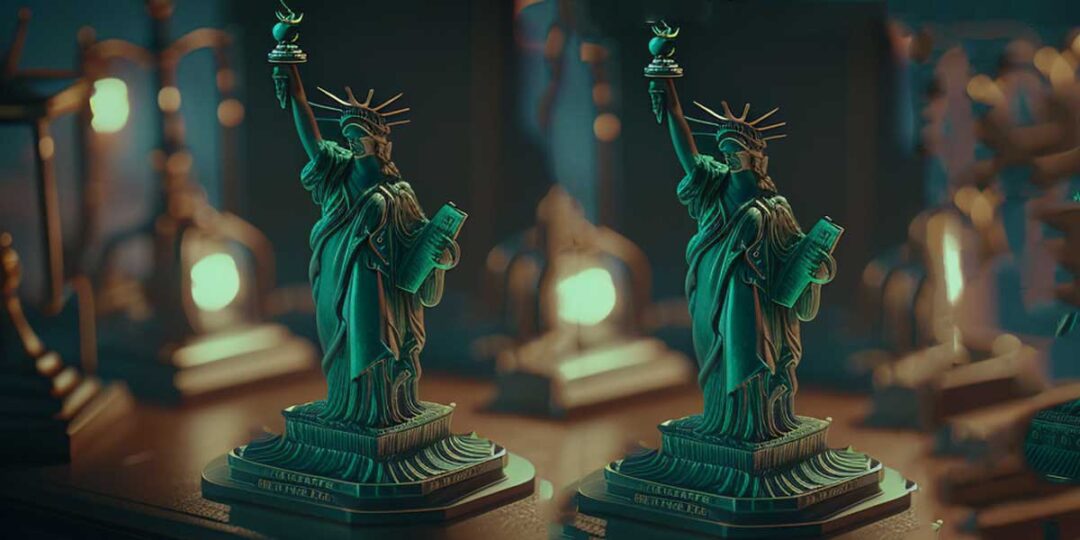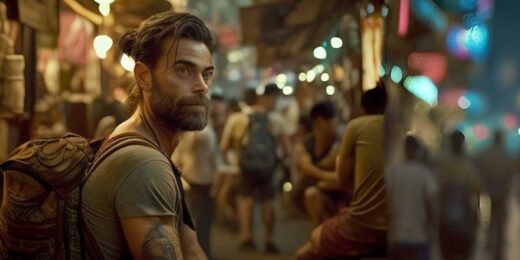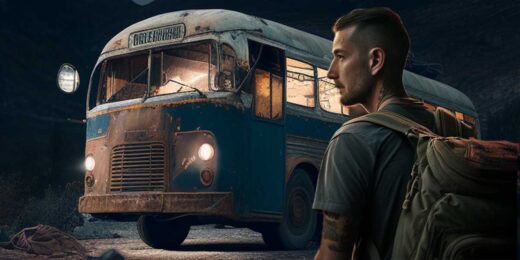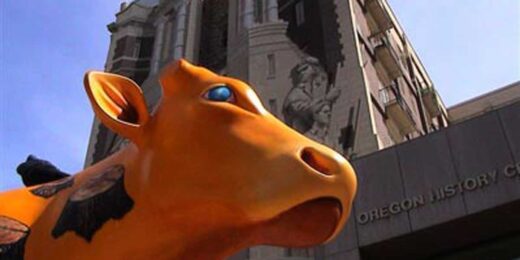I was talking to a native New Yorker yesterday who was upset by tourists visiting Ground Zero. His implication was that the people who were visiting the site were doing it out of some macabre fascination; the way people rubberneck while passing a car crash.
Obviously there are extreme emotions involved, but his comment made me evaluate my reasons for returning to New York and visiting the site where the twin towers of the World Trade Centre once stood.
There is nothing new in visiting the sites of significant world events. As an Australian living in London, I am bombarded each week with advertisements to join a group of ANZACs and visit the Galipoli peninsula in Turkey and last year while in Cambodia, I visited a four-storey glass stupa stacked with the skulls of the victims of the Khmer Rouge. Is there a difference between these and downtown Manhattan? Does the amount of time passing make a difference. How many degrees of separation defines the line between ghoulish fascination and paying respect?
The events at Galipoli have now been entrenched in the Australian national identity. Each year at memorial services, political leaders use phrases that mirror speeches by George Bush since September last year. They talk with nationalistic fervour about young people dying for freedom and a way of life. Part of our memorial is to visit the very spot where they lost their lives. But I am not American and I didn’t know anyone who was in the buildings. It is one thing for me to visit Lone Pine, is it appropriate for me to visit Ground Zero?
20 minutes southwest of Phenom Pehn, along a dusty road are the ‘Killing fields of Choeung Ek’. In this place, 17000 people, or nearly six times the death toll of 9-11, were killed by the Khmer Rouge regime. 8000 skulls, ordered by sex and age, are piled behind glass in a memorial. Walking around the site, the mass graves, overgrown with grass, are still identifiable and fragments of clothing stick out of the ground.
I held reservations about visiting Choeng Ek andwas even more undecided about ‘S-21’, the High School turned prison where the Khmer Rouge had tortured victims before killing them. Tola, my 27 year old motorcycle driver had lost both parents during the regime. He was not annoyed at me, a complete outsider, for visiting these gruesome places. Tola wanted me to see with my own eyes what had happened. Unlike 9-11, the destruction had not been broadcast live on CNN.
Returning to New York in May 2002 was a roller coaster of emotions. This was a city that I had lived in and by any measure is unique in the world. On a previous visit, I had walked across the Brooklyn Bridge and remarked to a colleague, as we marvelled at the lower Manhattan skyline, that it really was the embodiment of American power. I had watched that skyline change live via satellite, but like millions of others, could not believe what I was seeing.
Perhaps the New York local had underestimated the effect that 9-11 had on people from all over the world. As I wandered around the impromptu memorials, wrestling with myself about whether I should take photos or not I found an Australian flag. This wasn’t a tourist attraction. This was a shrine.
There are worrying aspects to this type of attraction. ANZAZ day at Galipoli is starting to become a major feature on the lager lout tour of Europe. This year there were reports of tour groups performing drunken re-enactments on the beach. Street vendors in New York try to sell fake t-shirts to visitors to Ground Zero and people having their photo taken in front of missing persons posters is hardly respectful.
I have empathy for a local’s point of view, but the alternative to being there and experiencing what is left behind would be consigning these events to archives to be forgotten.
Originally Published – TNT Magazine, September 2002





No Comments